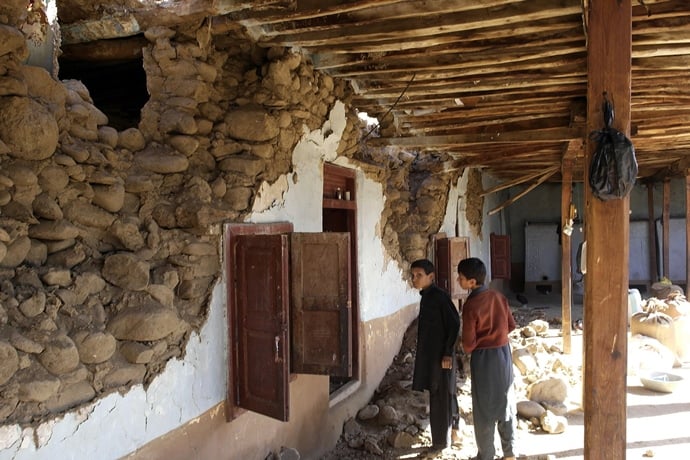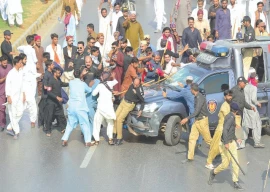

As noted in this newspaper, the October 26 event was the 40th since Partition; and given the location of Pakistan and Afghanistan, there are parts of both which are always going to be prone to quakes in severity, ranging from minor tremors to cataclysmic events that kill hundreds of thousands. Earthquakes can never be prevented, but their effects can be mitigated, and earthquake planning and response have been around in Pakistan for many years.
Once the dust has settled and the rescue phase is over, the primary responsible agency will be the National Disaster Management Authority (NDMA). The military is already heavily engaged in rescue and assessment as are local civilian agencies; and international aid has been offered by both the UN and the US, but at the time of writing there does not appear to have been a request from the government for foreign assistance. It is fortunate that in most of the areas affected, the cohort of first responders and most of their equipment is intact, unlike in 2005 when first responders were almost wiped out by the quake. What passes for good news ends there.
Inevitably the question today being asked is ‘Were lessons learned from 2005?’ And the answer is ‘Not many’. Pictures quickly appeared on social media of buildings, some of them newly completed with cracks running up their structures that suggest that (a) they may no longer be safe and (b) were of questionable quality in terms of their construction. Reports were quickly circulating of office buildings where workers were evacuating themselves only to find fire and escape exits locked. The movements of VIPs who decide to attend hospitals where casualties are taken has hindered the work of those trying to save lives; and ‘attendants’ to those taken to hospital equally has swamped emergency departments in a number of places. There is limited earthquake awareness taught even in schools located right on the fault lines that produce the quakes.
Much of Balochistan and all of the country north of Rawalpindi is earthquake prone. Pakistan does have building control regulations, but like so many other pieces of legislation, they are widely flouted and imperfectly enforced. A former head of the Pakistan Meteorology Department said that it was rare for quake-resistant buildings to be constructed and that losses could be minimised by forcing developers to adhere to construction codes. He also lamented the low level of disaster preparedness in the population generally, applicable not only to quakes but the other natural disasters that are attendant upon Pakistan.
The search and rescue phase will be over within the week, the dead buried. In some areas most affected by the 2005 quake, there are still families living in tents on the hillsides. Pakistan is in need of an overhaul of all of its disaster and emergency planning protocols. Lessons can be learned, it is not impossible but there has to be consistency of political will and commitment for lessons to be carried through, to become actions rather than paper exercises. Natural disasters are always going to happen and Pakistan can and should be better prepared. The ball is in the political court.
Published in The Express Tribune, October 28th, 2015.
Like Opinion & Editorial on Facebook, follow @ETOpEd on Twitter to receive all updates on all our daily pieces.


1723030748-0/Chloe-Bailey-(1)1723030748-0-165x106.webp)

















COMMENTS
Comments are moderated and generally will be posted if they are on-topic and not abusive.
For more information, please see our Comments FAQ